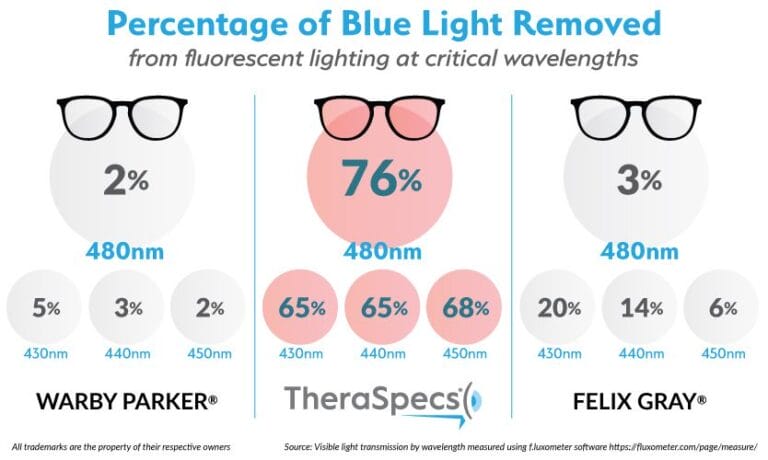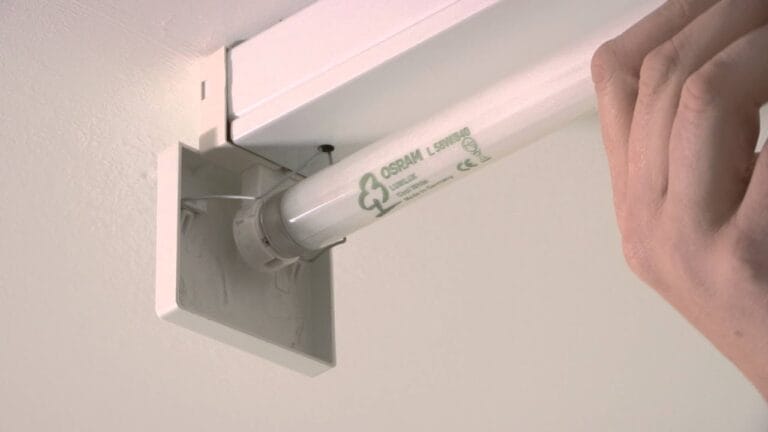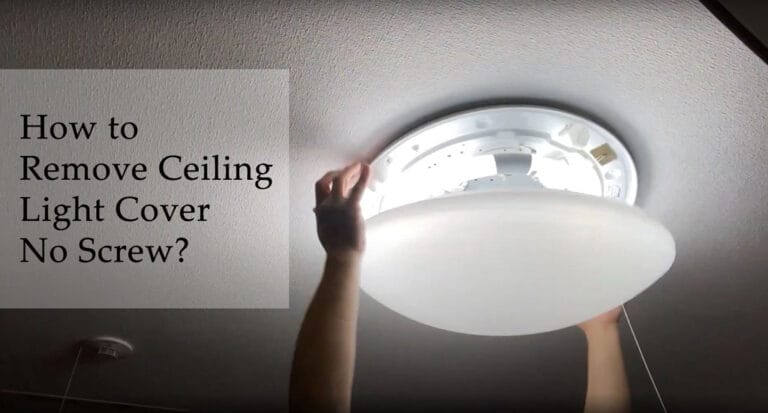
Have you ever wondered what size a standard light bulb is? Well, you’re in luck! In this article, we’re going to explore this commonly asked question and provide you with all the information you need.
When it comes to light bulbs, there are various sizes available. From the larger ones used in ceiling fixtures to the smaller ones found in table lamps, each size serves a specific purpose. So, let’s dive in and discover the dimensions of a standard light bulb.
If you’ve ever been unsure about which light bulb to buy or what size is compatible with your fixtures, don’t worry! We’ve got you covered. Understanding standard light bulb sizes is essential for choosing the right one and ensuring it fits properly.
Stay tuned to find out more about the size of a standard light bulb and be enlightened!
What Size is a Standard Light Bulb?
Light bulbs come in various sizes, but the most common type is the A19 bulb, which has a standard size of approximately 2.375 inches in diameter and 4.25 inches in length. This size is commonly used for lamps, ceiling fixtures, and other household lighting applications.
Keep in mind that there are different bulb sizes for specific fixtures, so it’s essential to check the manufacturer’s specifications or consult a lighting professional for accurate sizing information.
Factors to Consider When Choosing a Light Bulb
Before delving into the specific sizes of light bulbs, it’s essential to understand the factors to consider when making your selection. These factors will help you determine the appropriate size based on your requirements:

1. Wattage
Wattage refers to the amount of power consumed by a light bulb. It indicates the brightness or intensity of the light produced.
Light bulb packages typically indicate the wattage range suitable for a specific bulb size. Higher wattages generally produce brighter light, but it’s important to ensure that your fixture can accommodate the wattage you choose.
When selecting a light bulb, consider the purpose of the lighting. For task lighting, such as reading or working, higher wattages may be ideal. However, for ambient or mood lighting, lower wattages may create a more relaxed atmosphere.
2. Base Type
The base of a light bulb determines how it connects to the fixture. There are various base types, including screw-in and pin-based options. The most common screw-in base types are the Edison screw base (E26 in North America) and the smaller candelabra base (E12).
Pin-based options include the bi-pin or two-pin base commonly found in fluorescent bulbs.
When determining the size of a light bulb, it’s crucial to know the base type that your fixture requires. Using the wrong base size can lead to compatibility issues and prevent the bulb from fitting properly.
3. Bulb Shape
The shape of a light bulb can impact the distribution and direction of light. Common shapes include A19 (standard bulb shape), BR (bulged reflector), PAR (parabolic aluminized reflector), and T (tube shape). Different shapes are suitable for various applications, such as general lighting, directional lighting, or accent lighting.
Consider the desired light distribution and the fixture’s design when choosing the shape of a light bulb. For example, a PAR-shaped bulb is often used in track or recessed lighting fixtures to provide focused illumination.
4. Size and Dimensions
The size and dimensions of a light bulb are measured in terms of its diameter and length. These measurements are essential for determining if the bulb will fit within your fixture or shade. Common sizes include A19, A15, BR30, and T8, with each size serving different purposes.
5. Light Output
Light output, measured in lumens, indicates the brightness of a light bulb. The higher the lumens, the brighter the light. When selecting a bulb size, consider the desired level of illumination. Different activities and spaces require varying levels of brightness.
Now that we have a general overview of the factors to consider let’s explore the different sizes of standard light bulbs in more detail.
Frequently Asked Questions
When it comes to light bulbs, it’s important to know the different sizes available. Here are the answers to some commonly asked questions regarding the size of standard light bulbs.
1. How do I determine the size of a standard light bulb?
To determine the size of a standard light bulb, you need to look at the bulb’s measurements. Typically, light bulbs are classified based on their diameter in millimeters (mm). The most common sizes for residential use are the A19 bulb, which has a diameter of approximately 60mm, and the A15 bulb, which has a diameter of approximately 50mm.
These measurements refer to the widest part of the bulb.
It’s also important to note that the length of the bulb can vary depending on the style and type. If you’re unsure about the size, you can always check the packaging or consult the manufacturer’s specifications.
2. Are there different sizes of light bulbs for different fixtures?
Yes, different fixtures may require different sizes of light bulbs. Some fixtures, such as table lamps or ceiling fixtures, are designed to accommodate standard-sized bulbs like A19 or A15. However, there are also smaller-sized bulbs available for specialized fixtures such as chandeliers or nightlights.
If you are unsure about the appropriate size for your fixture, it’s always a good idea to consult the product manual or contact the manufacturer for recommendations. Using the correct size of light bulb ensures proper fit and optimal performance in your fixtures.
3. Are standard light bulb sizes the same worldwide?
The sizing of light bulbs can vary slightly depending on the region or country.
While some regions may adhere to standard sizes like the A19 and A15, others may have their classification systems. It’s important to be aware of these differences if you are purchasing light bulbs internationally or if you have fixtures from different regions.
If you are unsure about the sizing standards in your country, it’s always best to consult with local retailers or check with manufacturers who can provide specific information regarding your location.
4. Can I use a different-sized light bulb than what my fixture recommends?
It’s generally recommended to use the appropriate-sized light bulb as recommended by the fixture manufacturer. Using a different-sized bulb may result in poor fit, reduced performance, or even potential safety hazards.
For example, using a bulb that is too large for the fixture may cause heat buildup and damage to the fixture or surrounding materials.
If you’re unsure about the correct size for your specific fixture, it’s best to consult the product manual or reach out to the manufacturer for guidance. This helps ensure the longevity and safety of your lighting setup.
5. Are there different sizes of light bulbs for different types of lighting technologies?
Yes, different types of lighting technologies may require specific sizes of light bulbs. For example, incandescent bulbs and LED bulbs often have similar sizes, but the base type might vary. Compact fluorescent bulbs (CFLs) also have unique sizes and may require specific fixtures to accommodate them.
If you are switching from one type of lighting technology to another, it’s important to consider the compatibility of the bulb size with your existing fixtures or to choose new fixtures accordingly. Consulting the product specifications or seeking advice from lighting professionals can help you make the right choices.
So, to sum it all up, the size of a standard light bulb is usually called “A19”. It’s about 2.375 inches in diameter and 4.125 inches tall. Other light bulb sizes exist for different purposes, but A19 is the most commonly used size for everyday lighting.
Remember, when you’re buying a light bulb, check for the A19 label to make sure it will fit in your lamp or fixture.
In conclusion, the size of a standard light bulb is not too complicated! Just remember that A19 is the most common size.






